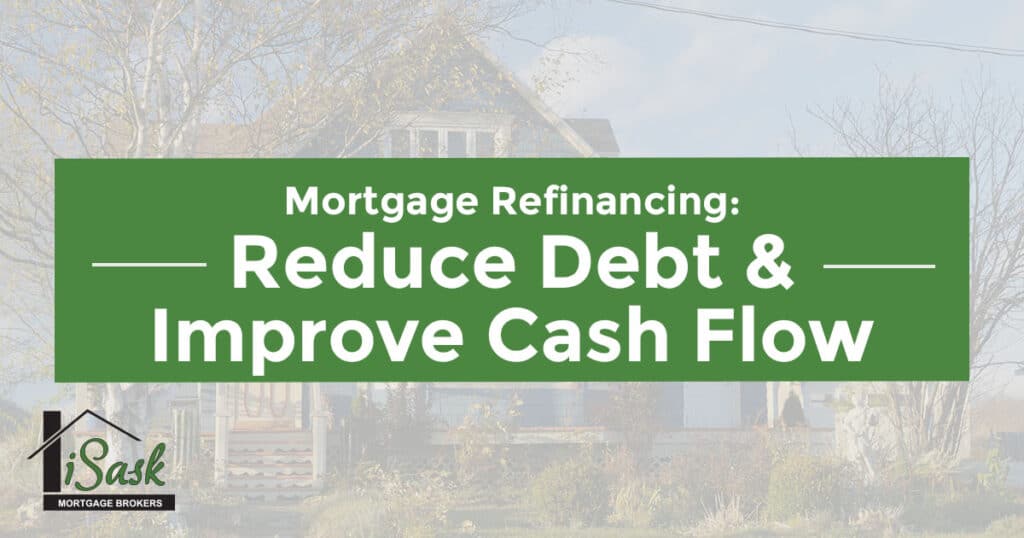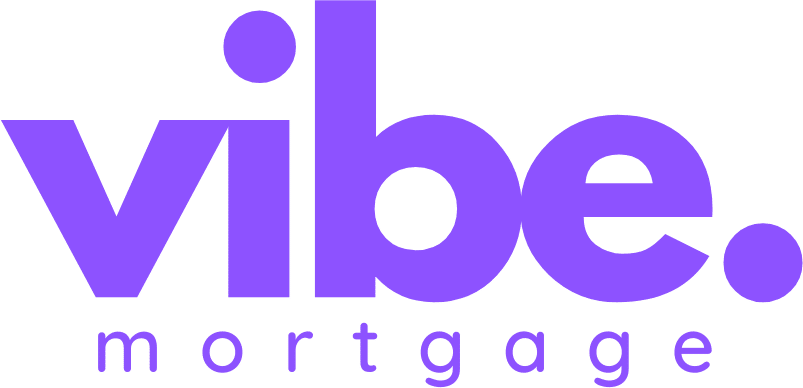Navigating a Mortgage Refinance to Reduce Overall Debt and Improve Cash Flow in 2024

Higher interest rates and increasing high-interest debts have been creating financial pressures for many homeowners across Canada over the last couple years. Mortgage refinancing may be a strategic solution to the financial struggles Canadians are facing by lowering the overall monthly payment commitments and improving cash flow.
The Power of Refinancing
In order to refinance an existing mortgage, homeowners will need to replace their current mortgage with a new mortgage product. This can either be with the existing mortgage lender or a new one, depending on a number of individual factors. Although interest rate is an important factor, there are many other factors to consider when refinancing. It can be a powerful tool for managing overall debt when utilized properly.
Here’s how:
- Lowering total interest costs: Credit cards and other high-interest debt typically carry interest rates of 19% or more. Refinancing a mortgage can incorporate these debts into the new mortgage and significantly reduce the rate on this debt to the current mortgage rates (typically 4-6%).
- Improving Cash Flow: A high-interest debt can strain monthly cash flow by requiring a minimum payment that does not pay down the debt but typically covers the interest payments or less. For instance, owing $35,000 on credit cards with a 19% interest rate might require $600 or more per month in minimum payments. Refinancing the mortgage to pay off these debts can eliminate the higher monthly payments and free up cash flow. In many cases, this can provide financial relief to Canadians carrying high-interest debts, allowing them to keep up with the cost of living and other financial obligations.
- Flexible Payment Terms: Options like extending the amortization period of the mortgage can help lower monthly payments, allowing for further financial relief. Extending the amortization does mean it could take longer to pay off the mortgage, but future renewals may allow for lower interest rates and more aggressive repayments to help balance it out.
Who May Benefit from a Refinance?
Refinancing would be most beneficial for:
- Homeowners facing high-interest debt: consolidating substantial high-interest debt into a mortgage can lead to interest savings.
- Homeowners experiencing cash flow problems: the reduction in overall monthly payments with a refinance can help to balance out monthly expenses with income.
- Homeowners approaching a mortgage renewal: mortgage renewal is an opportune time to consider refinancing options to see if there is a possibility to create a better financial position overall.
Getting Started:
- Evaluate the Financial Situation: Combine all monthly debt payments, expenses and current mortgage terms to see if refinancing could be beneficial.
- Consult with a Mortgage Professional: Get a better understanding of how a refinance could help with cash flow or financial stability by speaking with a knowledgeable mortgage broker. There may be potential benefits or drawbacks that are less well-known and could change the way a refinance may work in certain situations.
- Consider Different Lenders and Products: A mortgage broker can shop around for mortgage products to help find the best rates and terms for each situation. This will also help protect the credit rating and save time for clients as opposed to shopping around themselves.
- Prepare Documentation: Refinances require documentation on income, assets, debts and credit history. Having all the necessary documentation handy can help make the process smoother. The value of the home will also be considered.
Mortgage refinancing can be a strategic and beneficial option for managing debt and improving cash flow, even in situations where the mortgage rates have increased. By consolidating all the high-interest debt into a mortgage, it lowers the overall interest costs monthly and frees up cash for other priorities. Schedule a consultation with a mortgage professional to get further guidance and support when considering refinancing high-interest debt to achieve a more stable and secure financial future.

